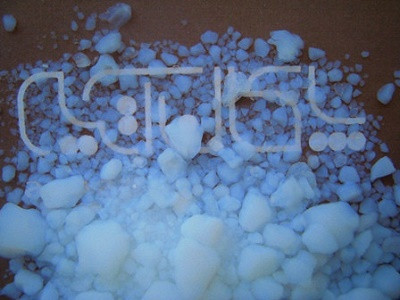| Pakan Atiyeh Nano Danesh |

| Registration Date | 28 Oct 2020 |
| Revision Date | 28 Oct 2020 |
| Share |
Construction Masonry Materials
Aerogel
Aerogel is a nano-porous material synthesized from a gel in which the liquid component of the gel is replaced by a gas without a volumetric drop. Usually, aerosols are produced by Sol-gel method. Silica aerogel is the most common type of aerogel produced from silica gel. The aerogels contain micro-pores (cavities with a diameter of less than 2 nm), meso-pores (cavities with a diameter between 2 and 50 nm) and macro-pores (cavities with a diameter more than 50 nm) and are generally about 20 nanometers in diameter. These materials have unique properties such as dimensional stability, special surface (between 600 and 1000 m2/g), porosity (85 to 99.8%), low density, low thermal conductivity, high transparency and very low dielectric constant. Aerogels are used in a variety of applications, such as thermal insulation in semi-transparent glass and ceilings, catalysts due to their high specific surface area, hydrophobic materials, astronaut clothing insulation, diving thermal protection, and drug delivery systems.